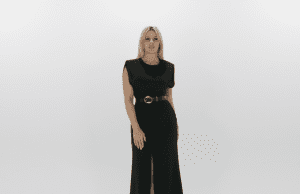
Mercedes Blanche: Moving to Hollywood (One Year Later)
One year after our first interview, rising social media and acting star, Mercedes Blanche, talks to us about her experience moving from Canada to Hollywood in the hopes of chasing her dreams.
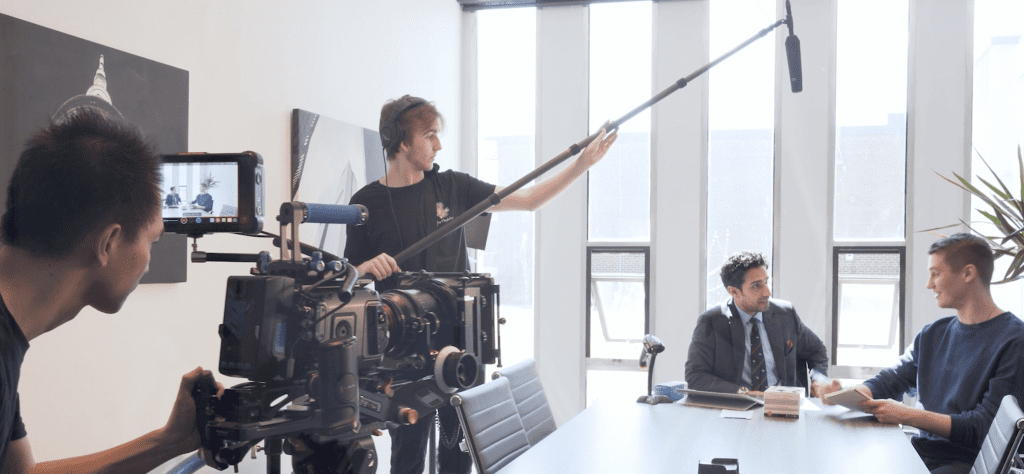

So you’re interested in shooting video? Wonderful! It’s one of the most rewarding experiences to put a video project together from beginning to end. It takes a ton of creativity, hard work and persistence to bring a story to life on screen, so we’ve put together a list of 10 Beginner Tips to help you get a better final cut.
Before picking up the camera, make sure you’ve got a strong idea of how you want the final product to look. Storyboarding the video and following a production script will help keep filming on track.
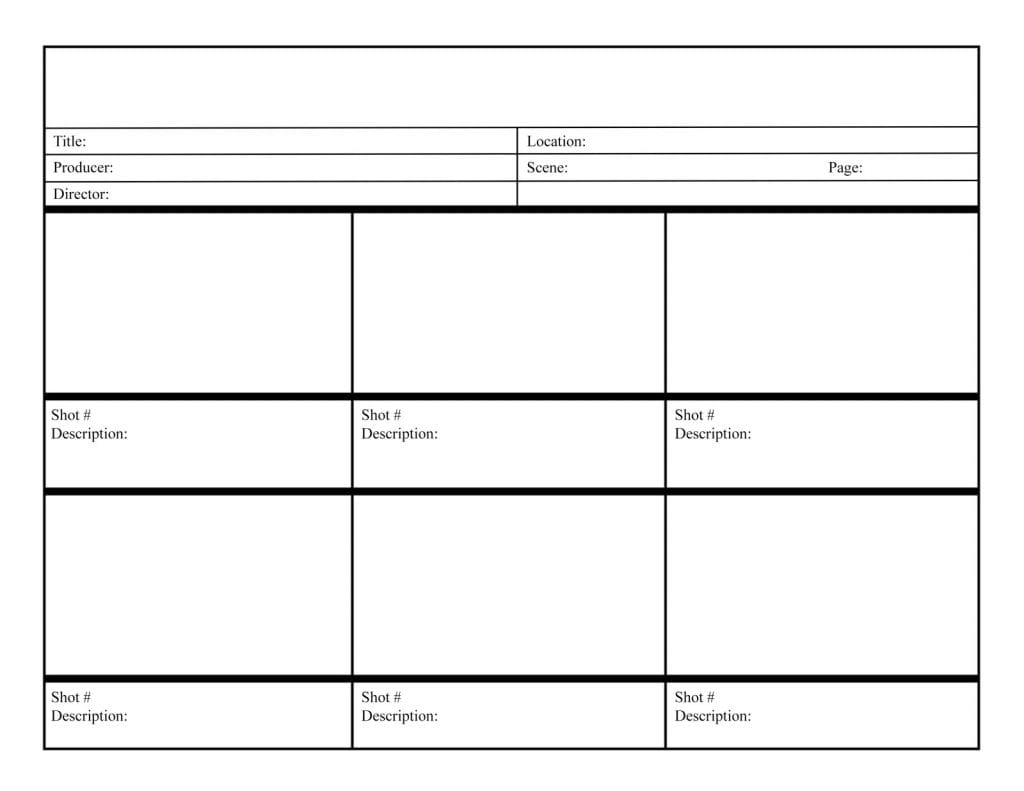
We’ve all experienced that horrible moment when we forgot to press record or had the wrong settings on our camera. Never leave a shoot without looking through every single take (and the audio) to ensure you’ve captured everything you needed.
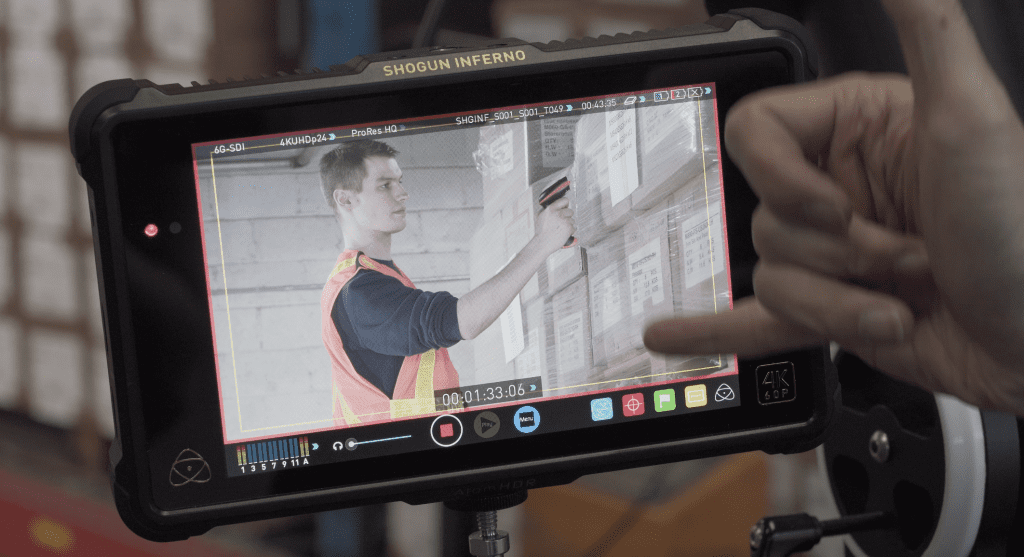
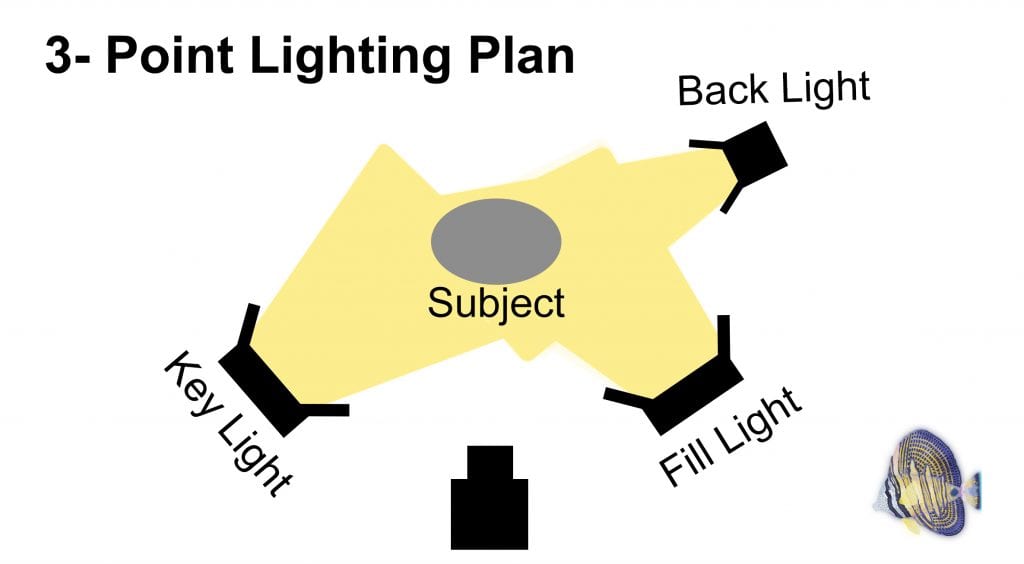
Lighting is the key to success. A standard three-point lighting setup to illuminate interview subjects can definitely take your production up a notch. It’s also common in the video/photography world to avoid shooting in direct sunlight (it creates harsh shadows on the subject’s face).
Colour correction is an important step in achieving the desired tone/mood of the video. Shooting low-contrast and less saturated footage leaves room for colour alterations in post production.
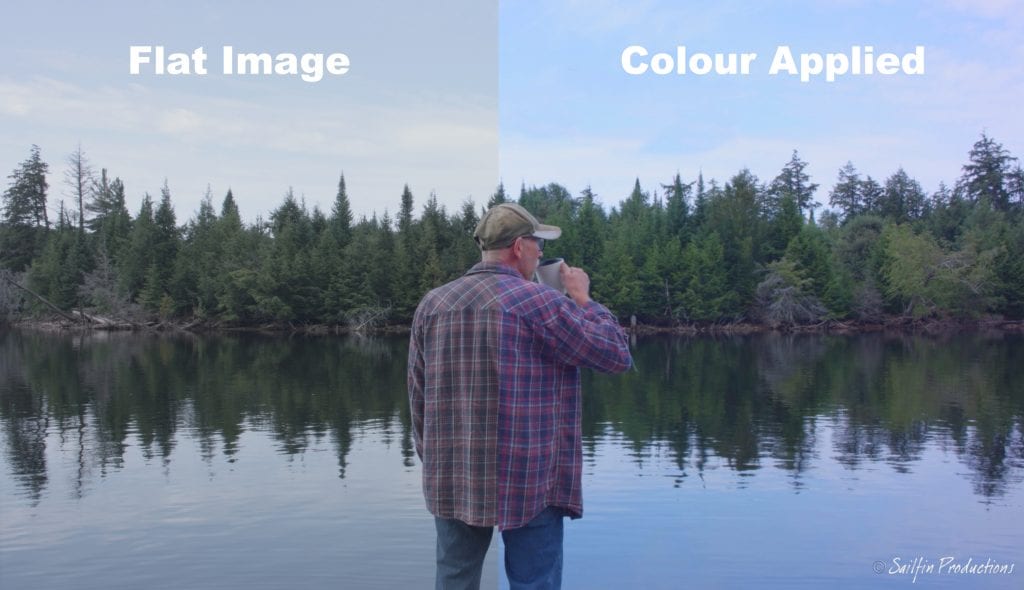
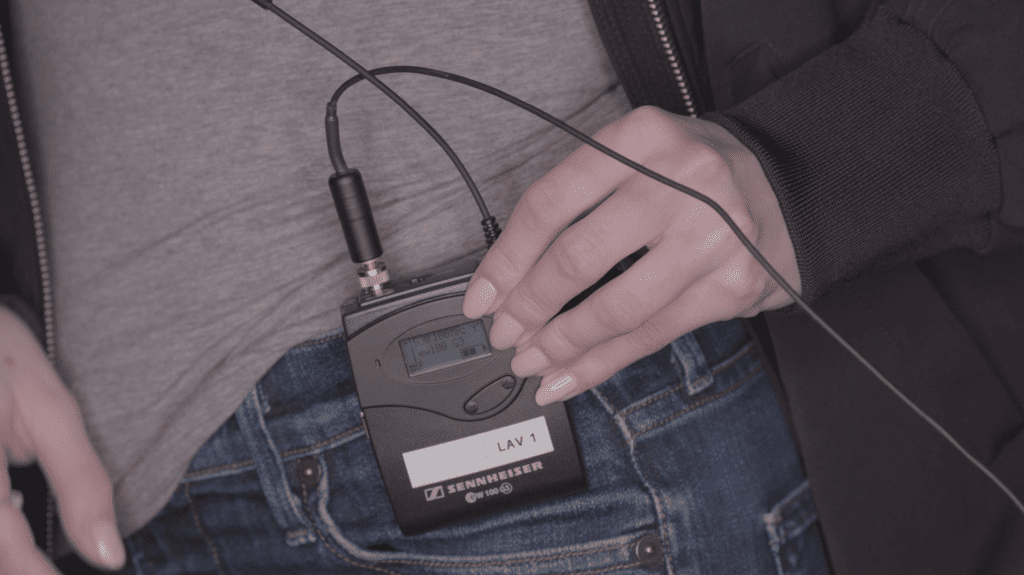
Audio is 50% of a production, so don’t overlook it. Scope out the acoustics of your filming location prior to the shoot and invest in some recording equipment to capture crisp, clean audio.
If you’re a beginner, Final Cut Pro is great software for piecing your videos together. More advanced editors may prefer something like Adobe Premiere Pro for post-production. Both programs include basic colour correcting tools.
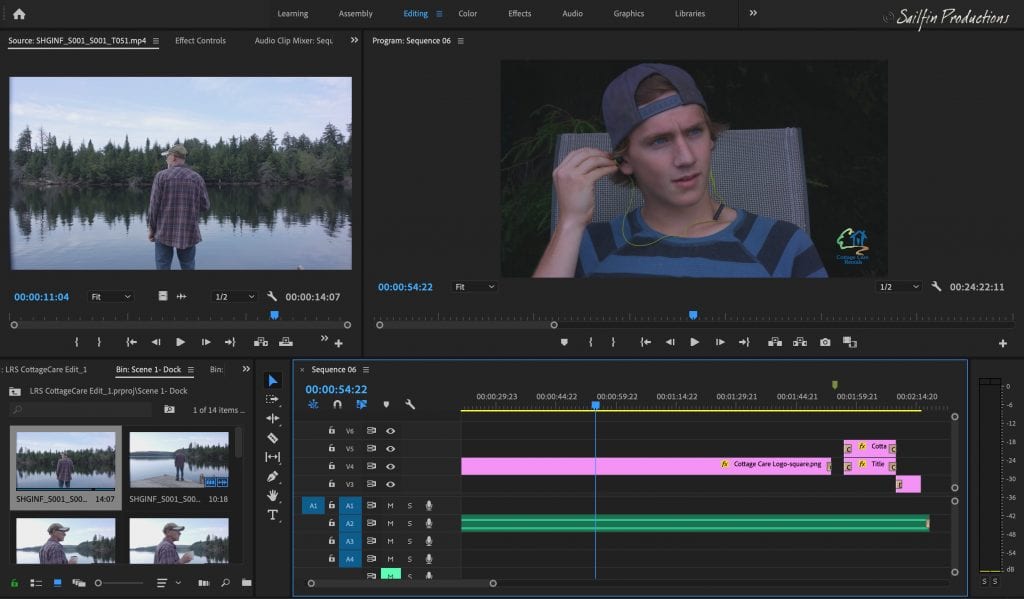
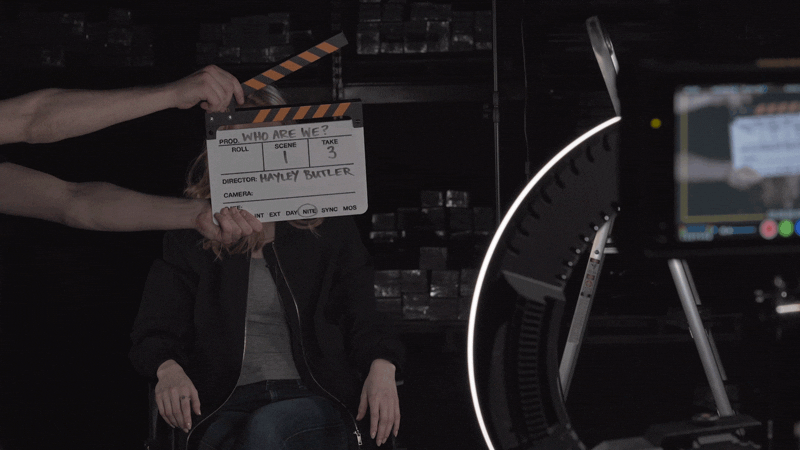
Keeping footage organized will completely simplify your editing experience. Place each scene into a different folder, and filter through the unsuccessful takes before importing your footage into the editing program.
We’ve all been there; you’re learning to edit and you pile on the visual effects. Remember that less is more. You don’t want viewers to be so distracted by all the effects that they miss out on the important story you’re trying to tell.
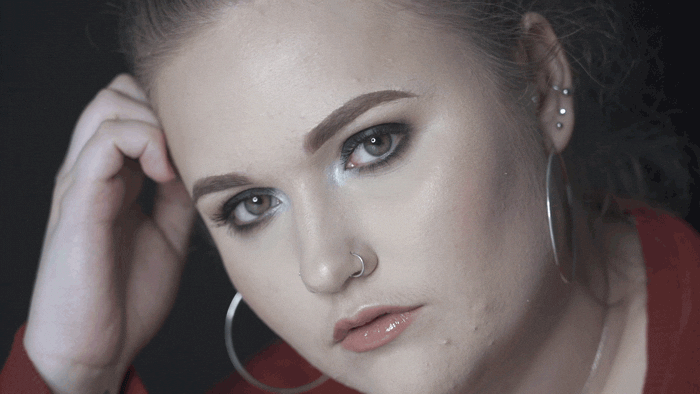
Before we see movies in the theatre, they’ve been critiqued by a test audience…the same goes with your videos. It’s easy to get attached to what we’ve created, so make sure a fresh set of eyes (or ten) give you some feedback before your final export.
Remember, practice makes perfect! It’s pretty darn difficult to shoot a Blockbuster the first time you pick up a camera, so keep working hard and bringing your own style to everything you film.
Good luck & have fun filming!

One year after our first interview, rising social media and acting star, Mercedes Blanche, talks to us about her experience moving from Canada to Hollywood in the hopes of chasing her dreams.

Tamara Almeida shares her incredible transformation from sales representative to Canadian acting star.
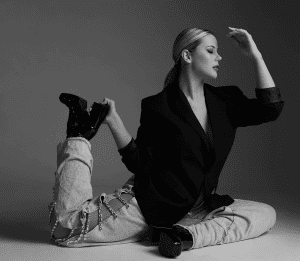
Mercedes Blanche, TikTok star, social media influencer and actress shares her experience going viral and breaking into the entertainment industry.
Or send us a message
Copyright © 2025 Sailfin Productions. All rights reserved. • Privacy Policy